The bench press is a cornerstone exercise in strength training, targeting the chest, shoulders, and triceps. Among the many variations of this classic movement, the 90 degree bench press has gained popularity for its unique benefits and focus on proper form. Whether you're a seasoned lifter or a beginner, understanding the mechanics of the 90 degree angle bench press can help you optimize your performance and reduce the risk of injury.
What is the 90 Degree Bench Press?
The 90 degree bench press refers to a bench press variation where the elbows are bent at a 90-degree angle at the bottom of the movement. This position ensures that the bar is lowered to a point where the upper arms are parallel to the floor, creating a right angle at the elbows. Unlike a traditional bench press, where the bar may touch the chest, the bench press 90 degrees emphasizes controlled movement and proper joint alignment.
Bench Press: Touch Chest or 90 Degrees?
A common debate among lifters is whether the bar should touch the chest during a bench press or stop at the 90-degree angle. Both approaches have their merits, but the 90 degree bench press is often recommended for those looking to prioritize joint health and muscle engagement.
-
Touching the Chest: Lowering the bar to the chest allows for a greater range of motion, which can enhance muscle activation. However, this can place additional stress on the shoulders and elbows, especially if proper form is not maintained.
-
Stopping at 90 Degrees: The bench press 90 degrees reduces the risk of overextending the shoulders and elbows, making it a safer option for individuals with joint concerns. It also encourages controlled movement, which can improve strength and stability over time.
Benefits of the 90 Degree Angle Bench Press
-
Joint Safety: By stopping at a 90-degree angle, you minimize the strain on your shoulder joints, reducing the risk of injury.
-
Improved Form: The 90 degree bench press encourages proper technique, ensuring that your elbows are aligned with your wrists and shoulders.
-
Targeted Muscle Engagement: This variation places greater emphasis on the triceps and upper chest, making it an excellent accessory exercise for building strength in these areas.
-
Controlled Movement: The bench press 90 degrees requires you to slow down the eccentric (lowering) phase of the lift, which can lead to greater muscle growth and strength gains.
How to Perform the 90 Degree Bench Press
-
Setup: Lie flat on a bench with your feet firmly planted on the ground. Grip the barbell slightly wider than shoulder-width apart.
-
Lowering the Bar: Unrack the bar and lower it slowly, keeping your elbows at a 45-degree angle to your body. Stop when your upper arms are parallel to the floor, forming a 90-degree angle at the elbows.
-
Pressing Up: Push the bar back to the starting position, ensuring your elbows remain aligned with your wrists and shoulders.
-
Repeat: Perform the desired number of repetitions, maintaining control throughout the movement.
Incorporating the 90 Degree Bench Press into Your Routine
The 90 degree angle bench press can be used as a primary or accessory exercise in your workout routine. For beginners, it’s an excellent way to build foundational strength and learn proper bench press mechanics. Advanced lifters can use it to address weaknesses in their triceps or upper chest, or as a safer alternative during high-volume training phases.
Final Thoughts
Whether you choose to touch your chest or stop at a 90-degree angle, the bench press remains one of the most effective exercises for building upper body strength. The 90 degree bench press offers a safer, more controlled alternative that prioritizes joint health and proper form. By incorporating this variation into your routine, you can maximize your gains while minimizing the risk of injury. Remember, consistency and proper technique are key to long-term success in strength training.

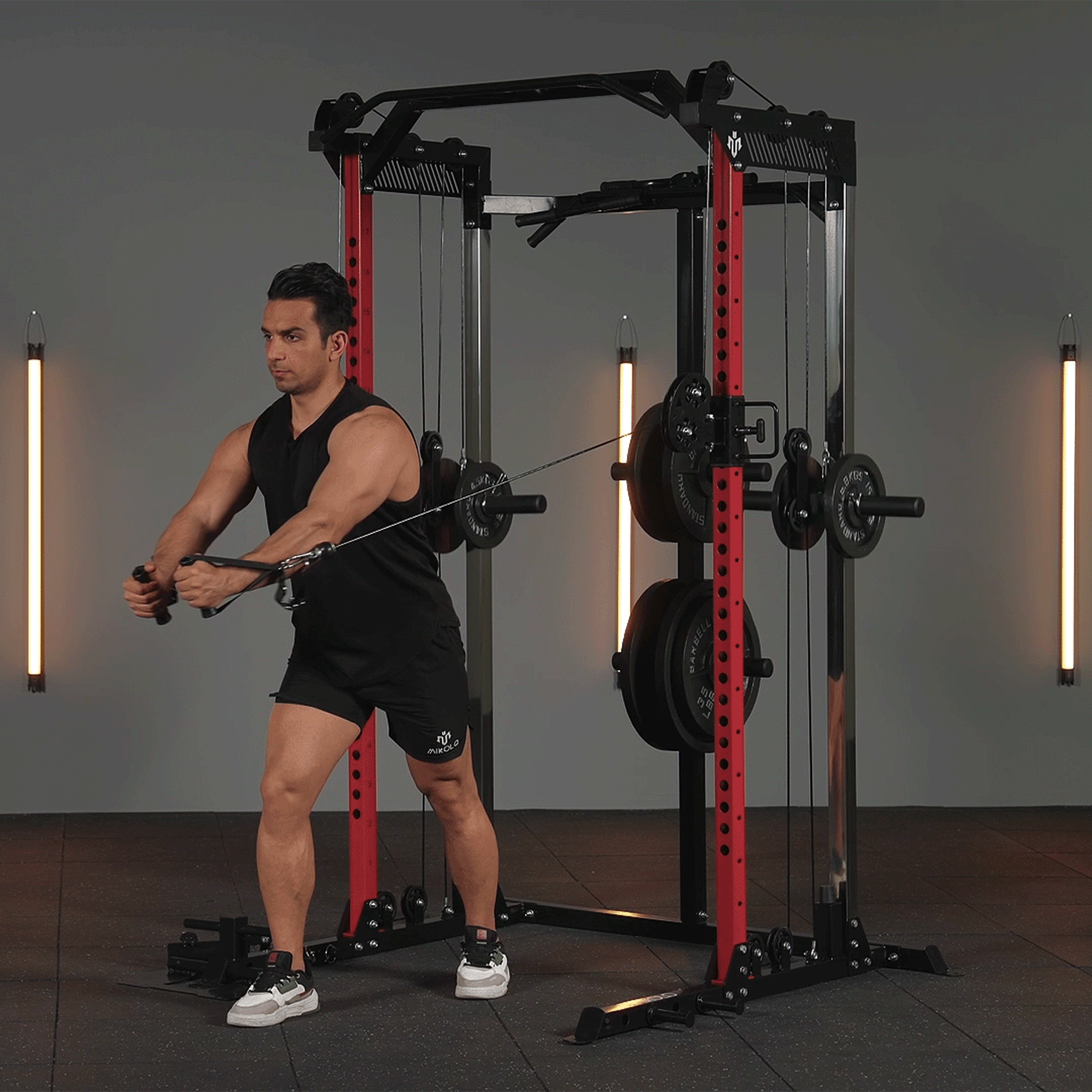









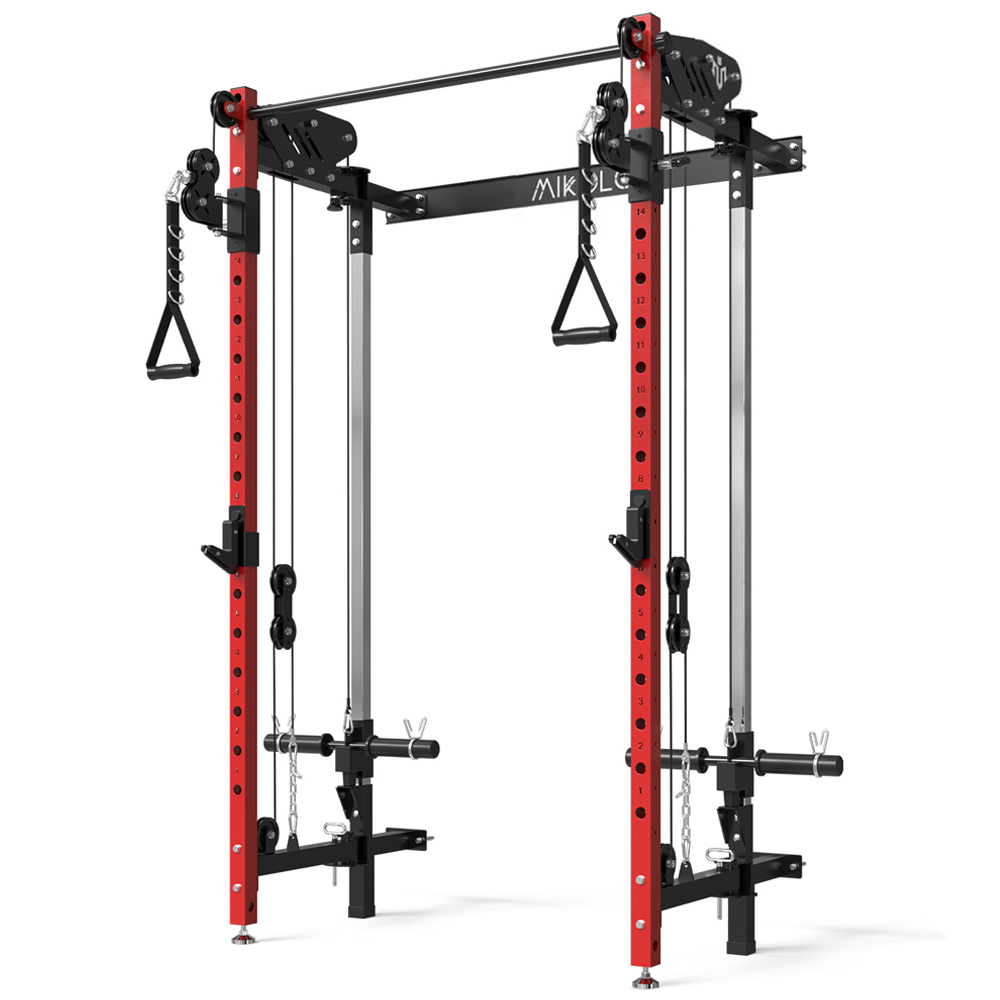
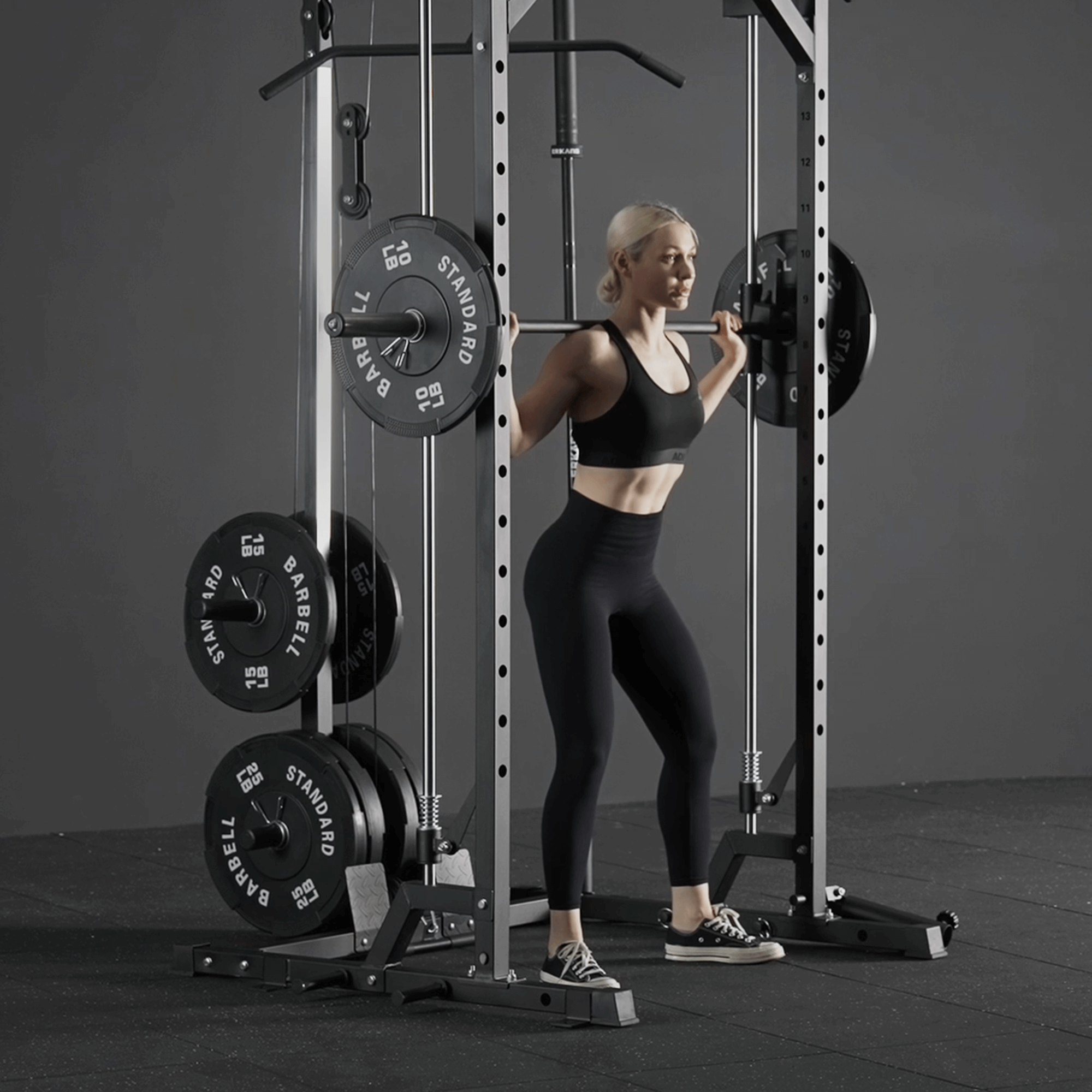





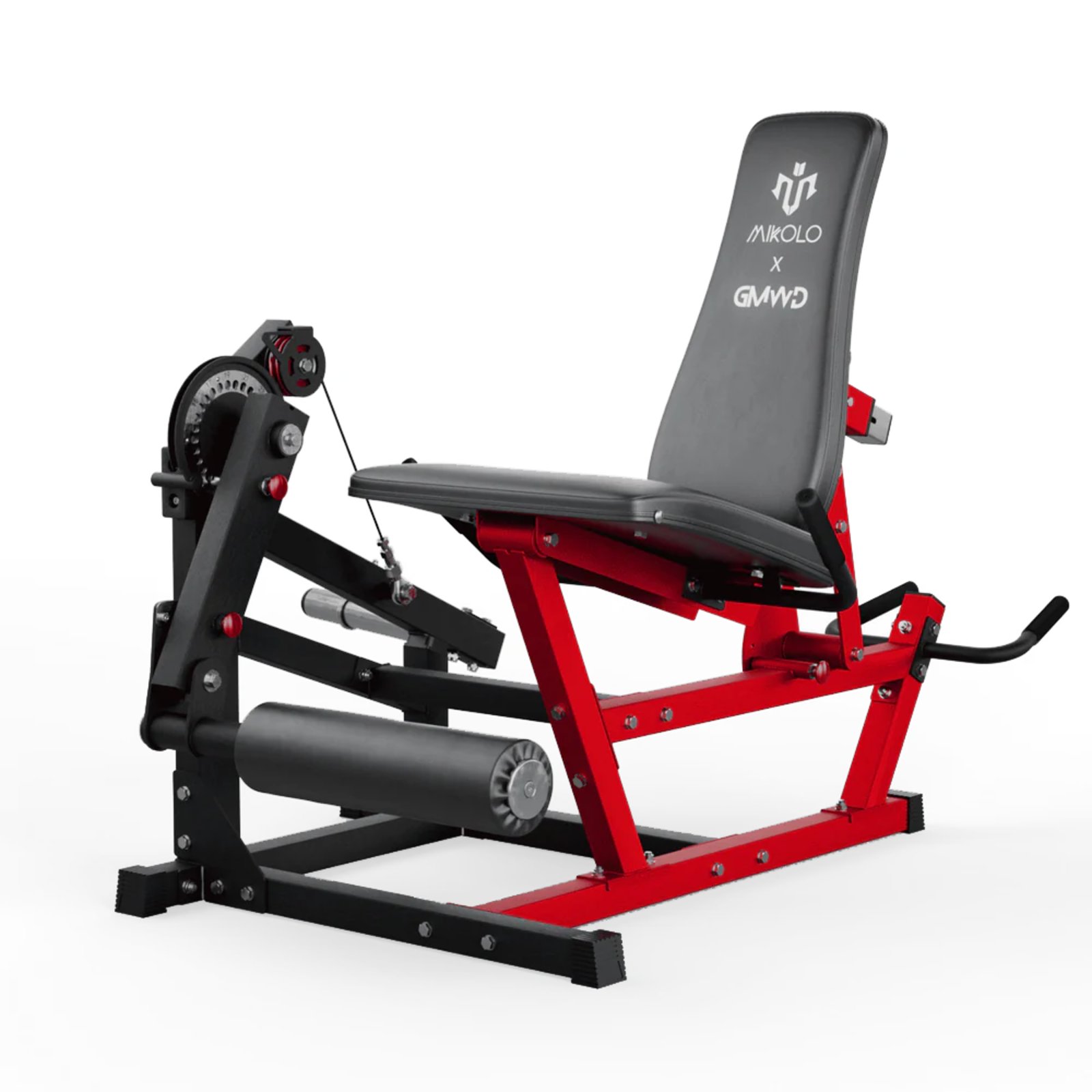
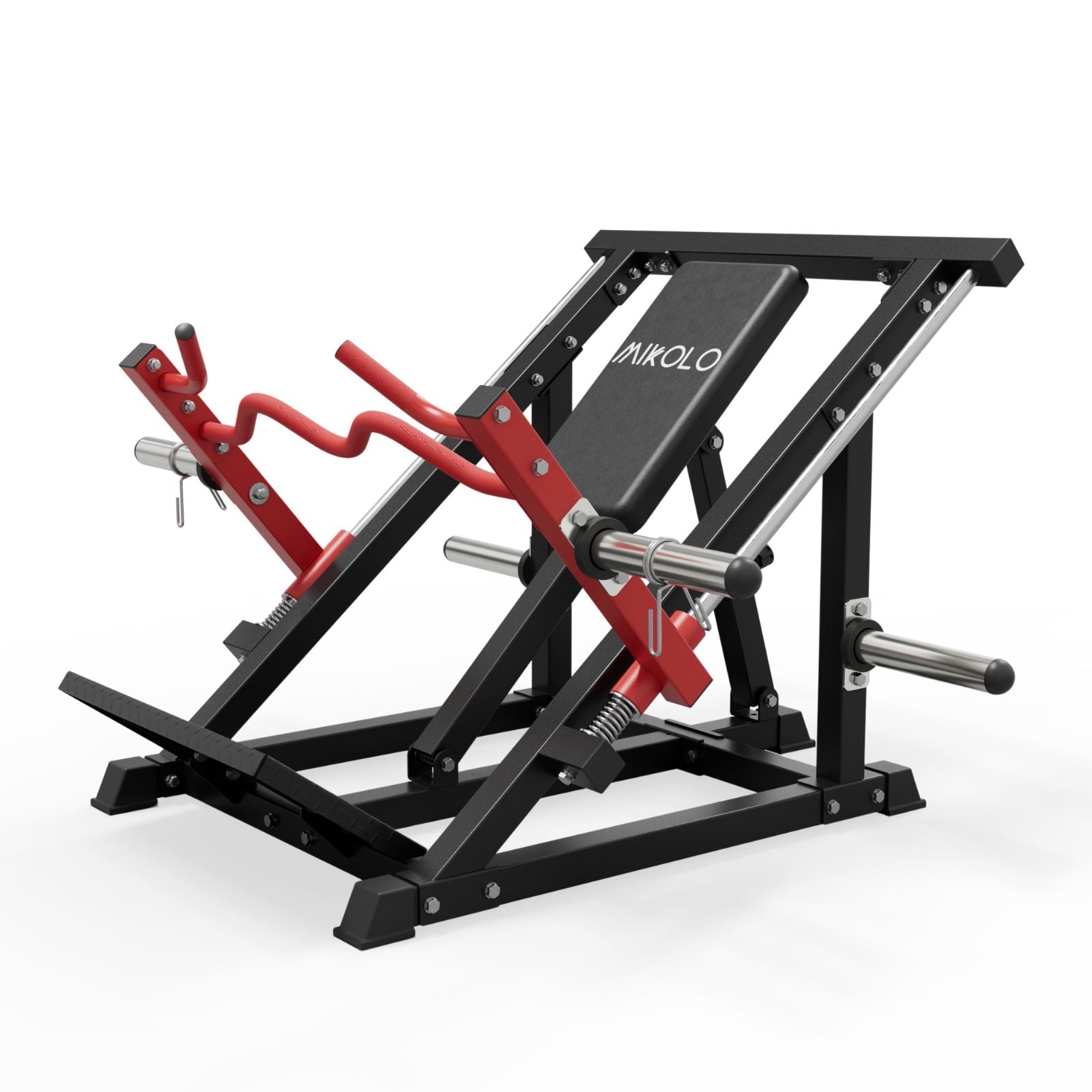
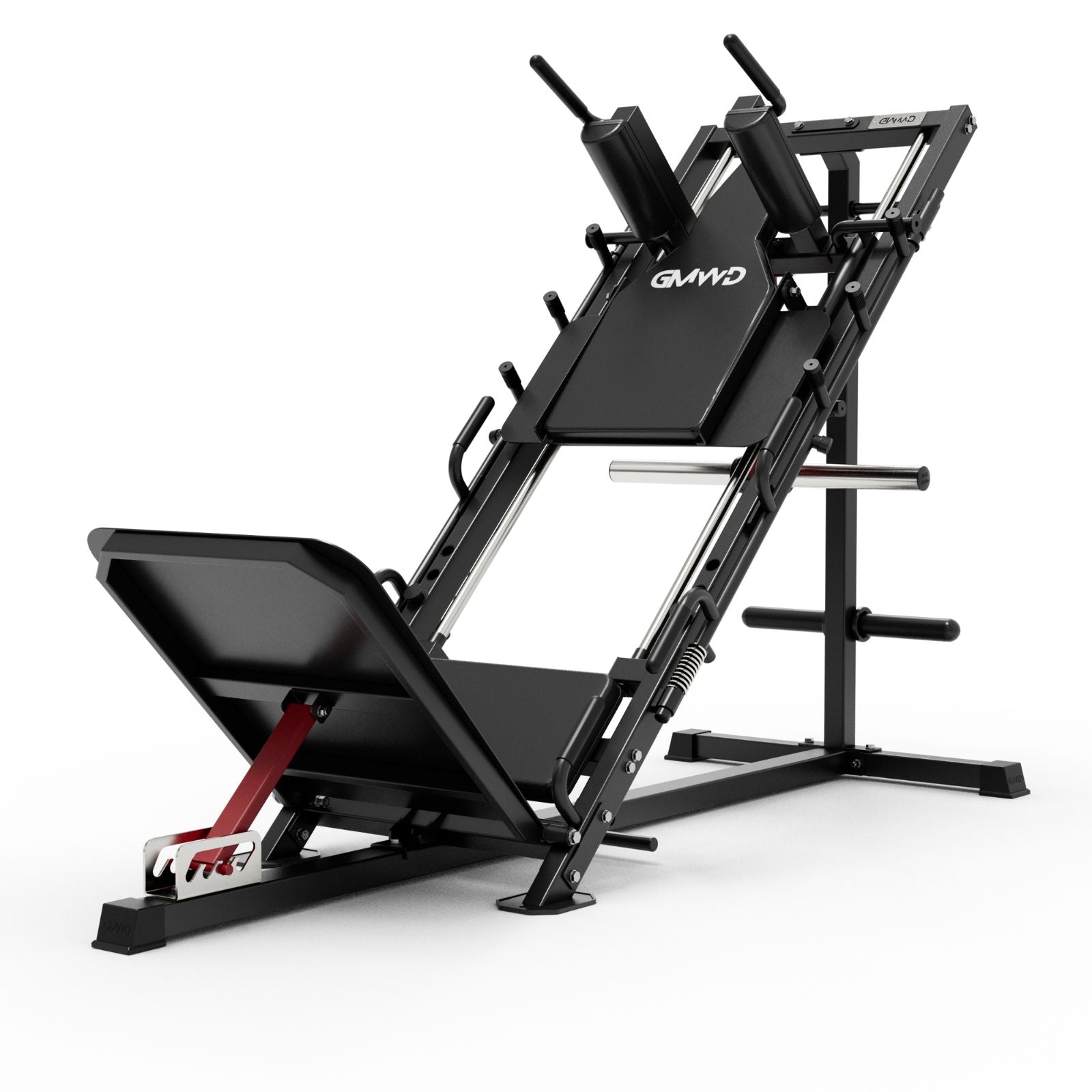
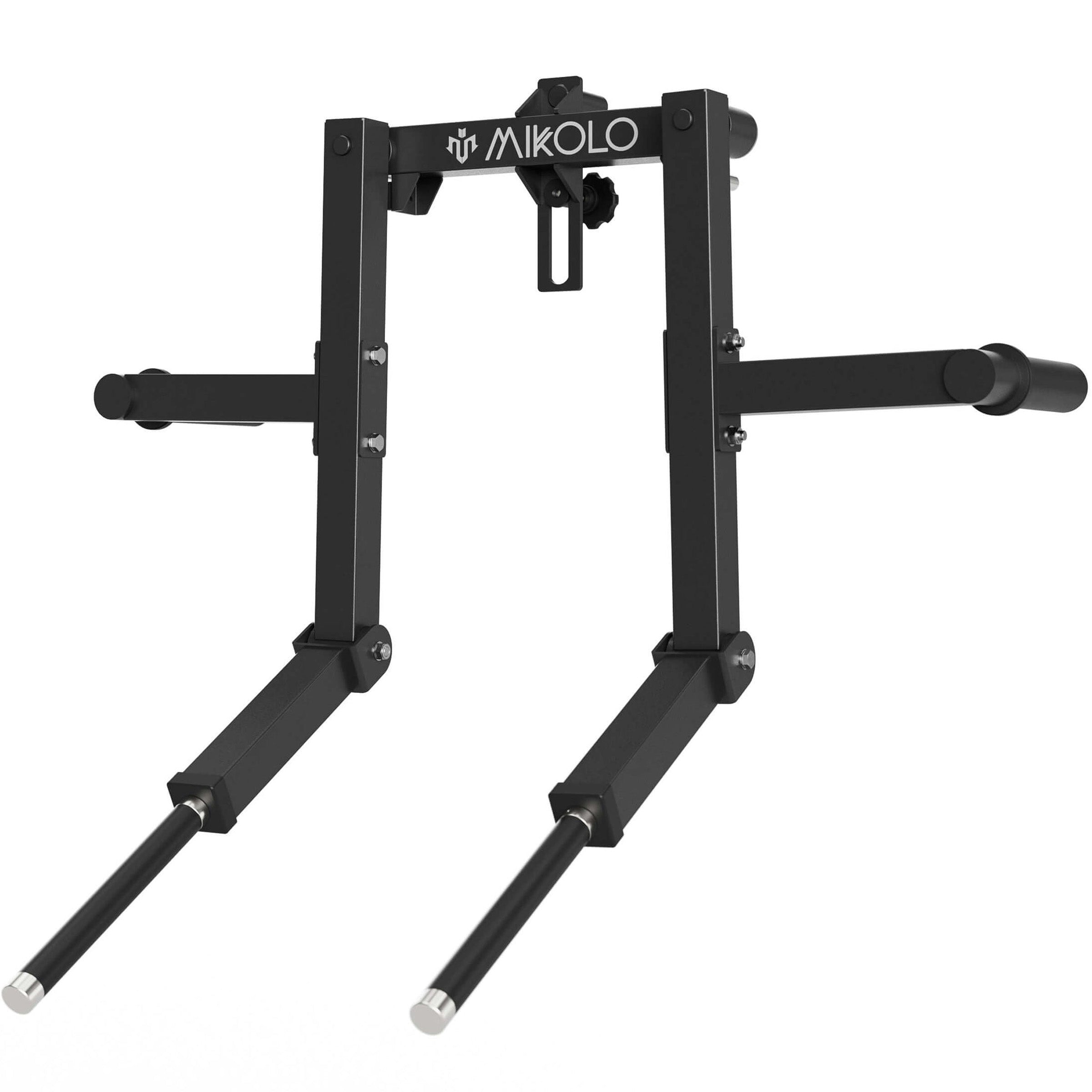
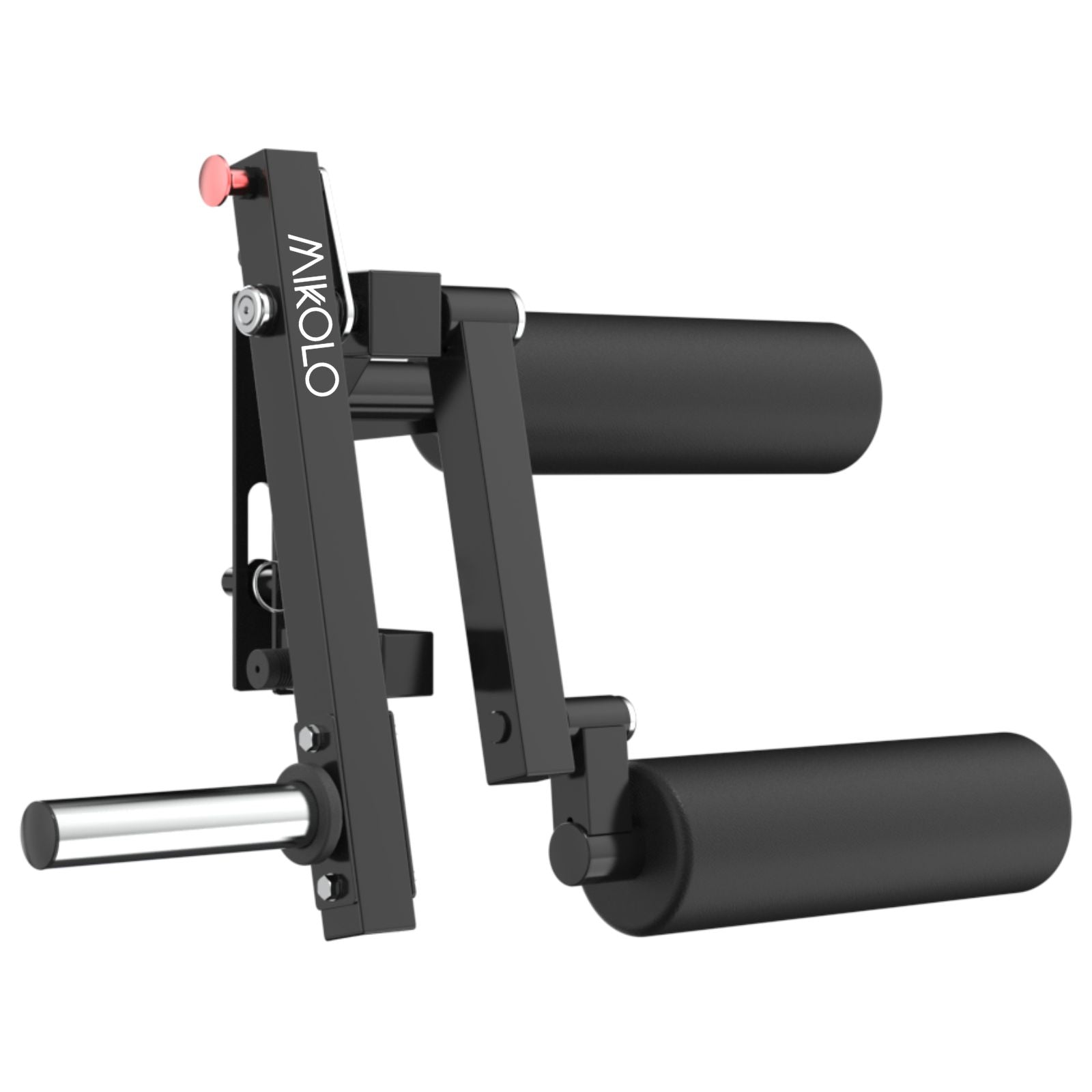



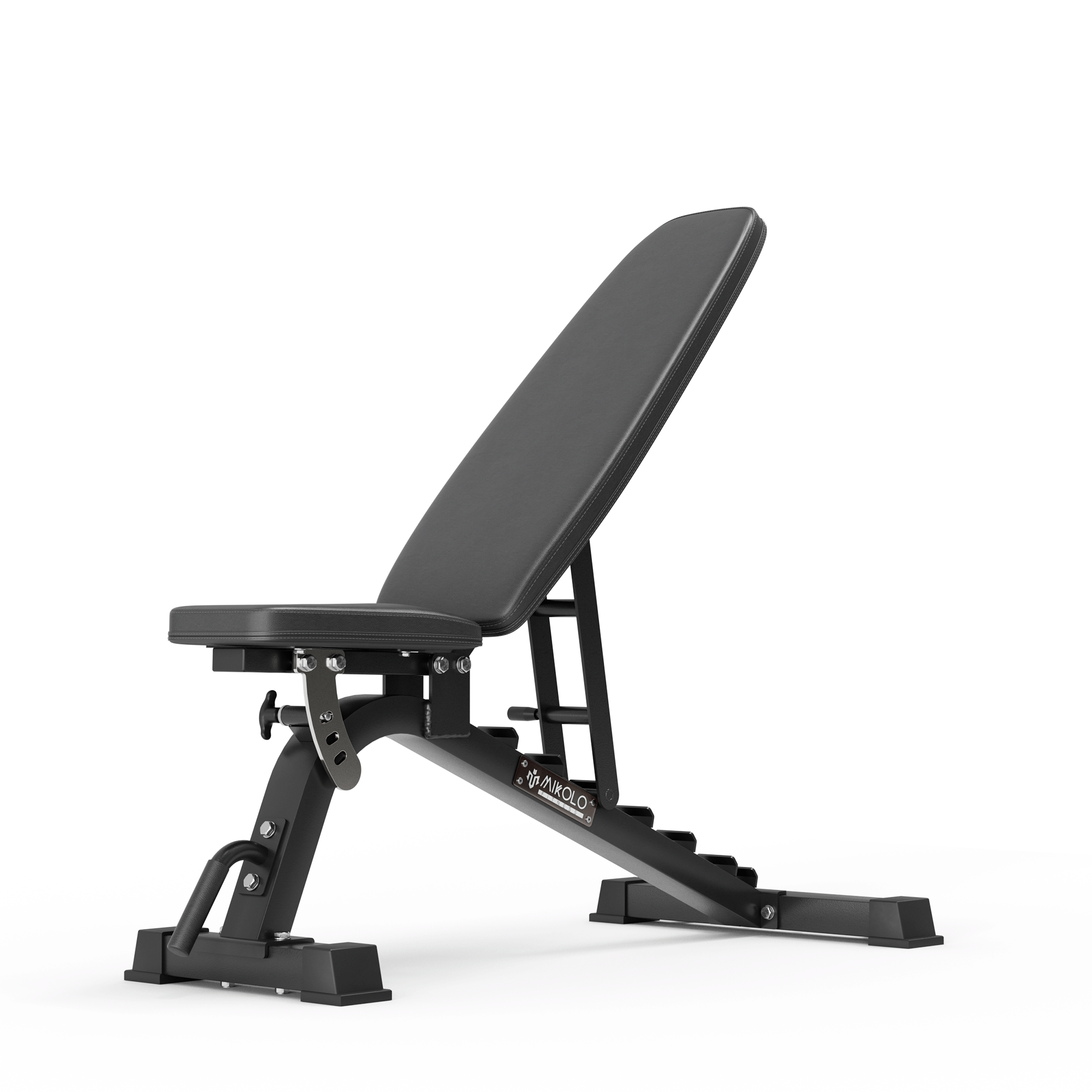











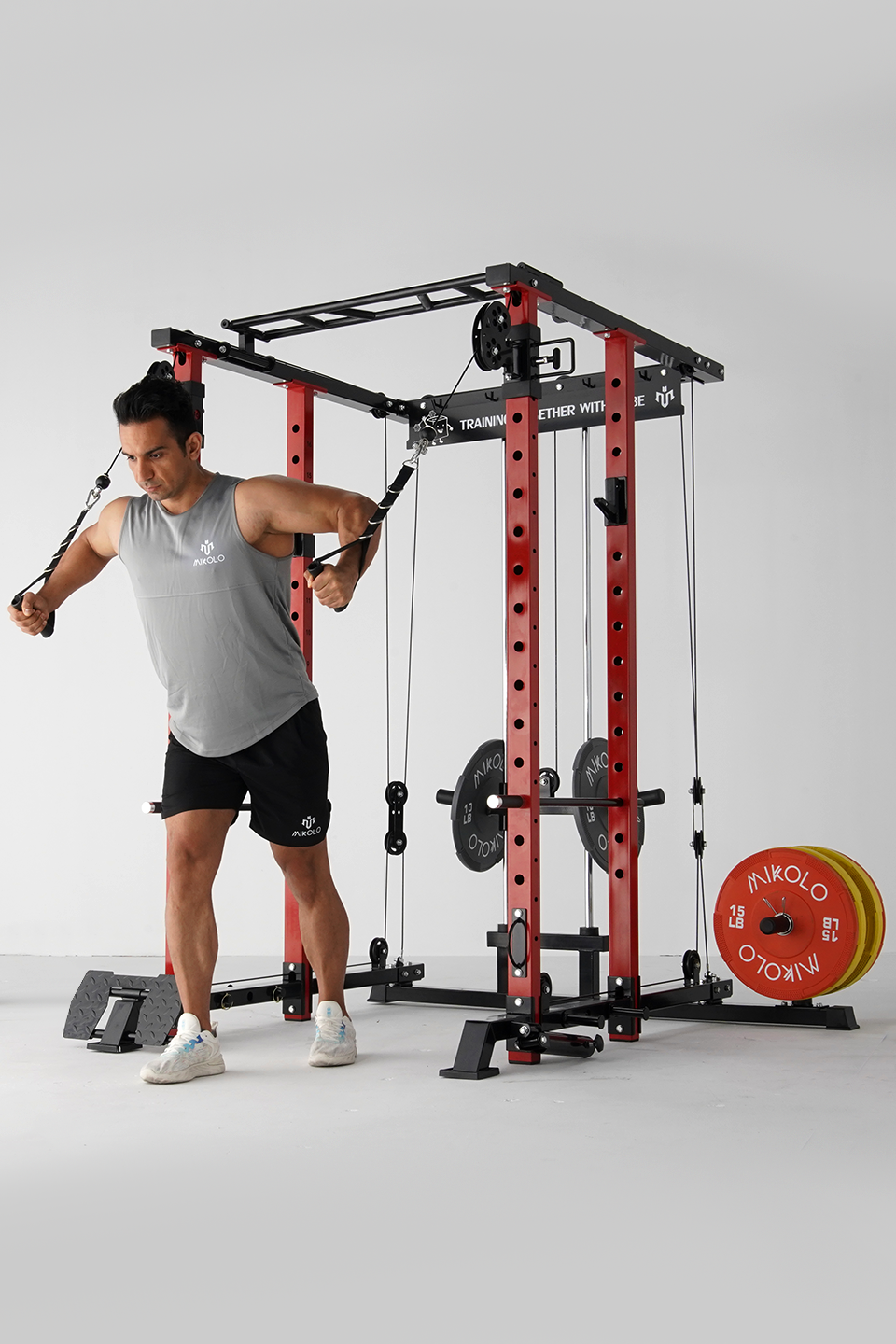



Leave a comment
This site is protected by hCaptcha and the hCaptcha Privacy Policy and Terms of Service apply.